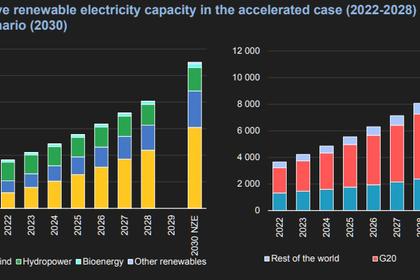MEXICO ENERGY INVESTMENT $23 BLN

РЕЙТЕР -
-----
Раньше:

2018, March, 14, 11:45:00
REUTERS - U.S. West Texas Intermediate (WTI) crude futures CLc1 were at $60.77 a barrel at 0753 GMT, up 6 cents, or 0.1 percent, from their previous settlement. Brent crude futures LCOc1 were at $64.62 per barrel, down just 2 cents from their last close.
|

2018, March, 7, 15:00:00
РЕЙТЕР - К 9.17 МСК фьючерсы на североморскую смесь Brent опустились на 0,85 процента до $65,23 за баррель. Фьючерсные контракты на американскую лёгкую нефть WTI к этому времени торговались у отметки $62,07 за баррель, что на 0,85 процента ниже предыдущего закрытия.
|

2018, March, 7, 14:00:00
EIA - North Sea Brent crude oil spot prices averaged $65 per barrel (b) in February, a decrease of $4/b from the January level and the first month-over-month average decrease since June 2017. EIA forecasts Brent spot prices will average about $62/b in both 2018 and 2019 compared with an average of $54/b in 2017.
|

2018, March, 5, 11:35:00
РЕЙТЕР - К 9.28 МСК фьючерсы на североморскую смесь Brent поднялись на 0,33 процента до $64,58 за баррель. Фьючерсные контракты на американскую лёгкую нефть WTI к этому времени торговались у отметки $61,44 за баррель, что на 0,31 процента выше предыдущего закрытия.
|

2018, March, 4, 11:30:00
МИНФИН РОССИИ - Средняя цена нефти марки Urals по итогам января – февраля 2018 года составила $ 65,99 за баррель.
|

2018, February, 27, 14:15:00
РЕЙТЕР - К 9.18 МСК фьючерсы на североморскую смесь Brent опустились на 0,15 процента до $67,40 за баррель. Фьючерсные контракты на американскую лёгкую нефть WTI к этому времени торговались у отметки $63,80 за баррель, что на 0,17 процента ниже предыдущего закрытия.
|

2018, February, 27, 14:05:00
МИНФИН РОССИИ - Средняя цена на нефть Urals за период мониторинга с 15 января по 14 февраля 2018 года составила $66,26457 за баррель, или $483,7 за тонну.
|
MEXICO ENERGY INVESTMENT $23 BLN

ENERDATA - 12 November 2024 - The Mexican government has presented the National Strategy for the Electricity Sector 2024-2030, intending to invest US$23bn in the state-owned Federal Electricity Commission (CFE). The plan has four central axes: strengthening the planning of the domestic electricity sector, improving energy justice, guaranteeing a reliable grid, and establishing clear rules to ensure and increase private investment in the sector. To do so, the strategy plans to expand the Federal Electricity Commission (CFE) and private companies’ infrastructure, while aiming to keep stable prices, and to universalize access to electricity through on-site generation projects.
The CFE's investment plan for this period consists of US$23.4bn, of which US$12.3bn correspond to new generation projects (13,024 MW), US$7.5bn to transmission infrastructure and US$3.6bn to distribution projects. For private companies, the plan considers three ways to participate in the domestic energy market: through long-term contracts that may be tendered, by partnering with the CFE in projects that that will be tendered (where the state-owned company will hold at least a 54% share), and by complying with the plan’s reliability and backup requirements to generate and use the market to sell their energy.
At the end of 2023, Mexico had a total installed capacity of 90.6 GW, consisting of 29.4 GW of gas, 22 GW of oil, 12.6 GW of hydro, 10.6 GW of solar, 6.9 GW of wind, 5.5 GW of coal, 1.6 GW of nuclear, 1 GW of biomass, and 1 GW of geothermal.
-----
Earlier:
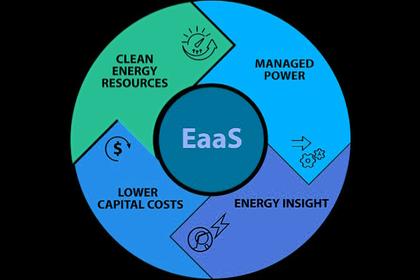
2024, October, 8, 06:25:00
ENERGY AS A SERVICE
Energy-as-a-Service (EaaS)—a game-changing model that simplifies energy management, optimizes efficiency, and accelerates the integration of renewable energy for large-scale users.
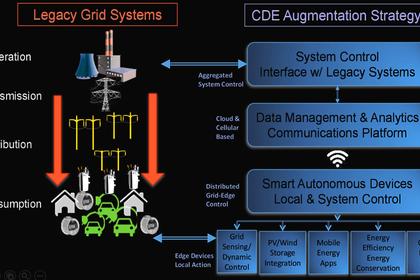
2024, October, 3, 06:50:00
ENERGY REDUNDANCY IS EXPENSIVE
The independent DEFRs do not require the availability of surplus renewable electricity. In fact, the independent DEFRs would not require the existence of intermittent renewable generation to support a reliable grid. They effectively render the renewable generators redundant; and, redundancy is expensive.
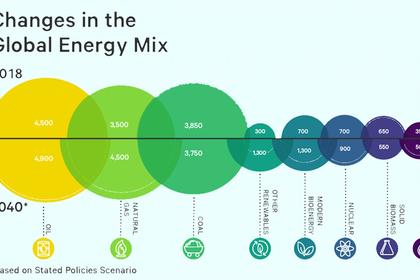
2024, August, 22, 06:30:00
GLOBAL ENERGY SYSTEM CHANGES
Clean energy technologies like solar, wind, electric cars, and heat pumps seem to be reshaping the power that we deploy today in factories, vehicles, home appliances and heating systems.
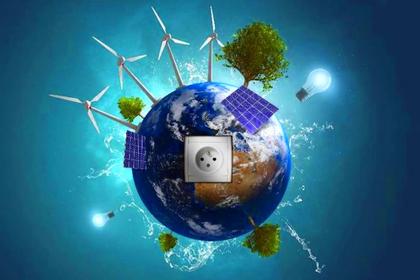
2024, July, 3, 06:30:00
GLOBAL ENERGY TRANSFORMATION
Digital infrastructure is being deployed across various layers of the power grid, from transmission to distribution, enabling better management and optimization of electrical systems.

2024, May, 22, 06:40:00
ENERGY INFRASTRUCTURE CHANGES
Consumer involvement in distribution network operations will be beneficial for both consumers and Distribution Companies (DISCOMs).

2024, April, 17, 06:35:00
ENERGY TECHNOLOGIES & CONSUMERS
Factors in the Energy Utility Grid’s growth involve two facets of the Energy Industry, technology and energy consumer populations. Technology developments successfully applied to the Energy Utility Grid to expand efficiency, reliability, and stability include AI, SMART Grid platforms, and DERs.
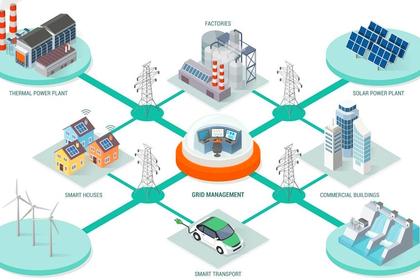
2024, March, 26, 06:40:00
ENERGY MANAGEMENT: VPP & DERMS
Differing from VPPs, a Distributed Energy Resources Management System (DERMS) offers grid services that are closely tied to the specific location (grid connection) of each asset.
All Publications »
Tags:
MEXICO,
ENERGY,
ELECTRICITY,
INVESTMENT







